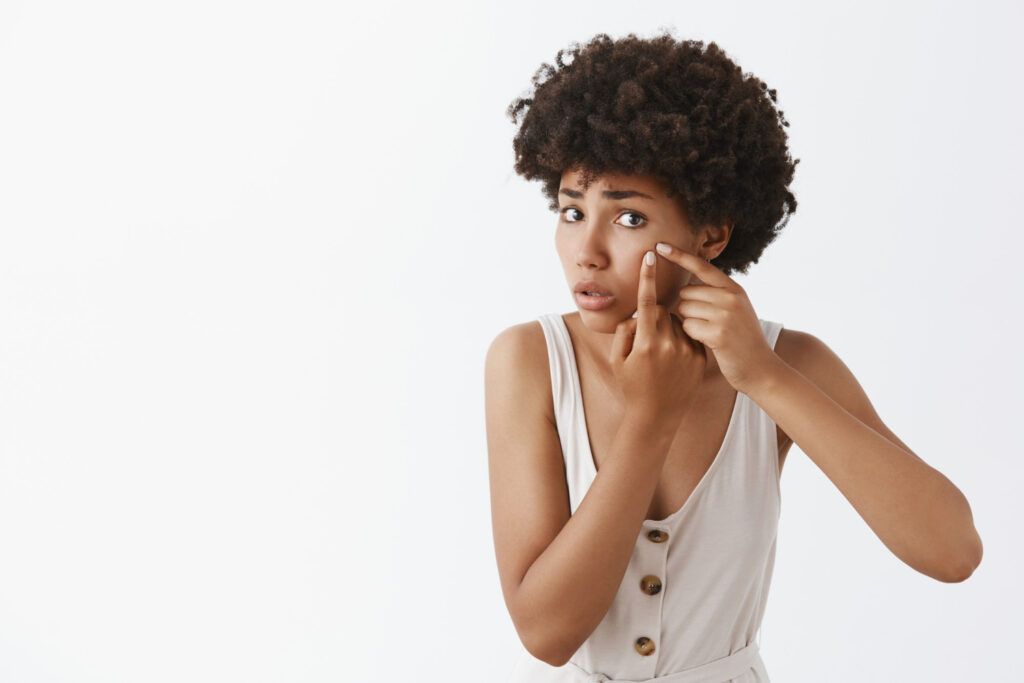6 types of acne and their symptoms
Acne occurs in adults, teenagers and even some infants. It develops when pores or hair follicles become blocked with oil and dead skin cells. Most people complain about acne on their faces, but you can get acne anywhere on your body. These include your back, neck, buttocks, shoulders, and chest.
Even though many people describe all bumps as acne, it is a broad term for different types of bumps. Read on for more facts about acne types and symptoms, and learn when it’s time to see a doctor.
1. Whiteheads
Whiteheads are bumps that develop underneath the skin’s surface. They are round and small. They’re also covered by a thin layer of skin, resulting in a white or yellowish appearance. Different factors contribute to whiteheads, such as oily skin, hormones, and puberty. The use of cosmetics and moisturizers on your face may contribute too.
2. Blackheads
Blackheads look similar to whiteheads. But instead of a white bump, exposure to air causes entrapped oil inside the pore to turn black or dark. Possible causes of a blackhead include an irritated hair follicle, oily skin, hormones, and medication or skin-care products.
3. Inflammatory Papules
Papule forms when a pore or hair follicle becomes clogged with bacteria. Your immune system responds to the bacteria by producing white blood cells, which resist infections. This inflammatory reaction causes clusters of red, inflamed pimples.
4. Inflammatory Pustules
This type of acne is similar to papules. But with this type of acne, your body’s inflammatory response causes pimples to fill with pus comprised of dead skin cells, oil, and bacteria. These clusters of bumps are red, a little big, and sensitive.
5. Nodules
Nodular acne is severe acne indicated by large, hard bumps beneath the skin’s surface. This type of acne also concerns bacteria. It forms when the walls of a pore break down. And because of this, bacteria and oil spread deeper into the skin, affecting other pores. Nodules are painful and can cause permanent scarring.
6. Cyst
Cystic acne also grows deep beneath the skin. It’s the worst form of acne. It happens when a severe inflammatory reaction in your pores begins with boil-like, fluid-filled nodules. It is common in menstruating women because irregular estrogen levels act at the follicular level to cause cysts deep underneath the skin.
To diagnose acne and determine the type of treatment you’ll need, you’ll need a visual examination of your skin by a dermatologist. Retinoids and retinoid-like drugs control the clogging of pores, while topical antibiotics kill bacteria on the skin. Salicylic acid facial washes remove dead skin cells by exfoliation. Some of these products may not be safe to use during pregnancy. Check with your doctor to be sure.

